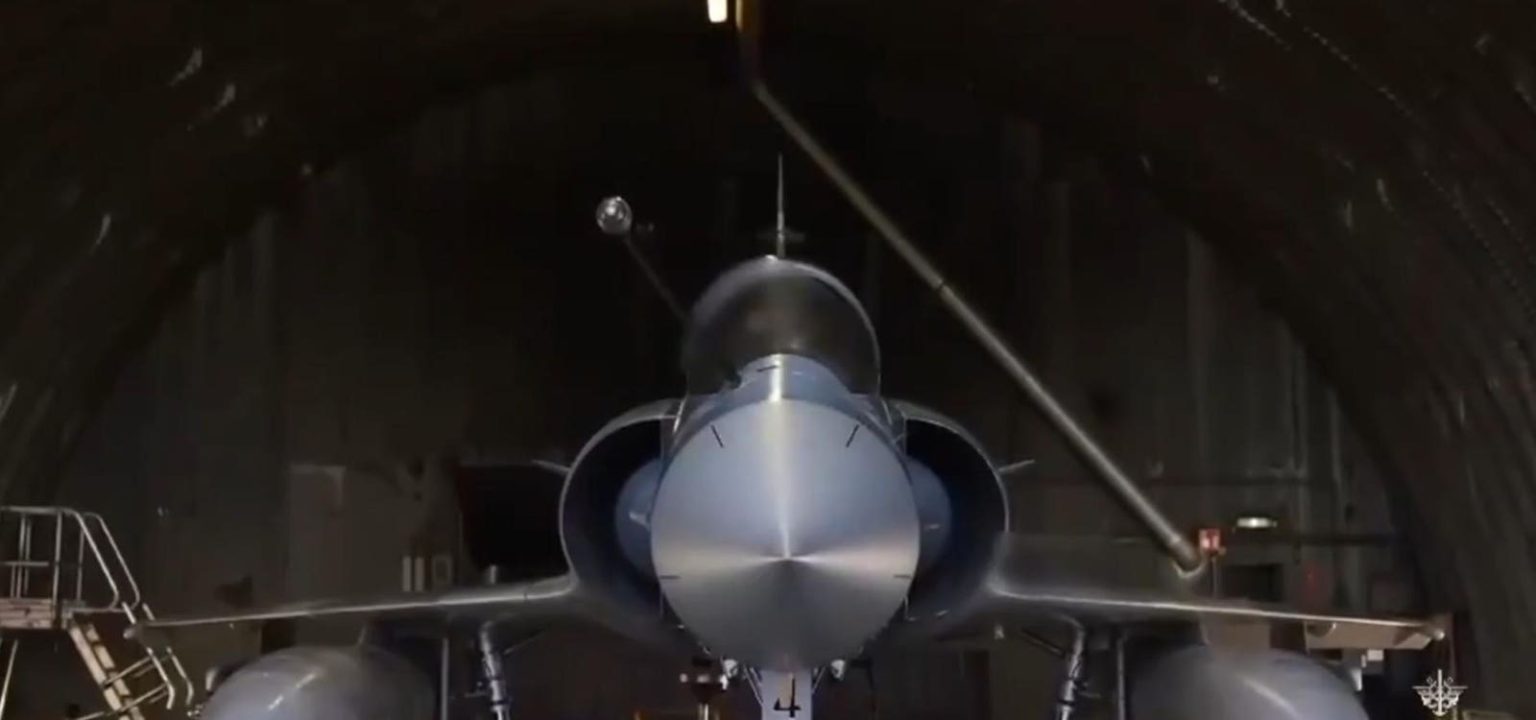The first handful of ex-French Dassault Mirage 2000-5 fighters have arrived in Ukraine. As widely expected, French contractors reportedly modified the supersonic, single-seat jets to carry the SCALP-EG cruise missiles France is also providing to Ukraine.
The jets’ arrival expands the Ukrainian air force’s deep strike capability at a critical moment. With outgunned Ukrainian brigades struggling to hold the line in eastern Ukraine, the air force is playing a key supporting role—targeting Russian command posts in order to disrupt front-line coordination and give Ukraine’s outnumbered ground troops a fighting chance.
French Pres. Emmanuel Macron pledged surplus French air force Mirage 2000-5s to Ukraine back in June. Ukrainian pilots and ground crews traveled to France for a crash training program. Eight months later, the first three Mirage 2000s and their pilots and maintainers were ready for action. “They will now participate in defending Ukraine’s skies,” French Defense Minister Sébastien Lecornu stated.
The Mirages will join a growing fleet of ex-European Lockheed Martin F-16s in revamping the battered Ukrainian air force, which has mostly made do with the same few hundred ex-Soviet warplanes it had in service or in storage before Russia widened its war on Ukraine three years ago.
The air force has lost around 100 of these older jets to Russian missiles; 85 F-16s and potentially a dozen or more Mirage 2000s will complement the surviving Soviet models as the war grinds into its fourth year.
The dozen or so ex-Danish and ex-Dutch F-16s that have arrived so far, minus one former Danish jet that crashed last year, have been flying air-defense missions targeting Russian drones and cruise missiles bombarding Ukrainian cities.
The Mirages may fly ground-attack missions. According to La Tribune, the French tweaked the air-defense Mirage 2000-5s not only to carry SCALP-EGs, but also to haul the Hammer glide-bombs Ukraine gets from France.
The SCALP-EGs are critical. Ranging as far as 155 miles with bunker-busting tandem warheads, the 2,900-pound missiles can hit Russian regiments where they’re most vulnerable: their headquarters.
In the months before launching their recent counteroffensive in Kursk, the Ukrainians went to great pains to find and strike the command posts of the Russian 810th Naval Infantry Brigade. It’s no coincidence that, when they attacked on the southeastern edge of their 250-square-mile salient in Kursk last week, the Ukrainian focused their troops and firepower in the same sector held by the beleaguered and befuddled marine brigade.
The Mirages will only be as useful as their best munitions are plentiful. It’s unclear how many SCALP-EGs Ukraine has gotten from France and Italy. Perhaps as few as 100. It’s also unclear how many of the missiles Ukraine has left after years of hard fighting.
The French are trying to send more. Paris allocated $2 billion for munitions production this year, including a fresh batch of SCALP-EGs, many of which could wind up in Ukraine. “Yes, we continue to provide SCALP missiles,” said Gael Aller, France’s ambassador to Ukraine. “We don’t have so many of them, and we have to buy more, so it takes some time.”
Ukraine is developing its own new deep-strike munitions. And while they’re initially being tested on old Soviet jets including Sukhoi Su-24 bombers, it’s possible they could eventually arm the Mirage 2000s, too—keeping the jets in action even when stocks of SCALP-EGs run low or run out.
Read the full article here





